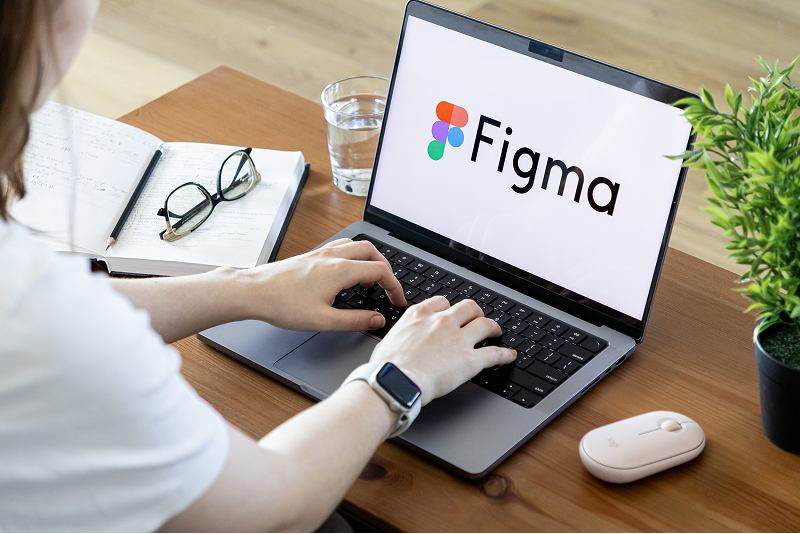Figma Expands to India with a New Bengaluru Hub

Figma has officially opened its first India office in Bengaluru, signaling a major step in its global expansion journey. Announced on November 12, 2025, the move underscores how important India has become to the company’s mission of empowering designers, developers, and creators. With a rapidly growing user base, India now stands as Figma’s second-largest market after the U.S.
Why Figma Chose India
Over the past decade, Figma has redefined how digital products are built by allowing teams to collaborate on design and development in real time. As the digital economy surged, so did the need for tools that bridge creativity and code. India, with its deep pool of tech talent and thriving startup ecosystem, naturally became a focal point.
The company’s decision to set up operations here is more than symbolic—it’s a strategic move to engage directly with one of the most active and fast-growing design communities in the world.
Bengaluru Becomes the Creative Core
The newly launched Bengaluru office marks Figma’s first physical presence in India. It will serve as a hub for sales, customer engagement, and future hiring. India already represents a massive slice of Figma’s global footprint, with users spanning nearly every state and a growing list of enterprise clients.
Beyond infrastructure, Figma plans to deepen ties with the Indian creator and developer ecosystem—through workshops, design events, and partnerships with leading tech companies and universities. The company also confirmed that all its flagship products, including Design, Dev Mode, Make, FigJam, and Slides, are fully accessible to Indian users.
Blending Design, Code, and AI
Figma’s strength lies in its ability to merge design and development seamlessly. With Dev Mode, developers can inspect design files and generate code directly, reducing friction between design and engineering.
The new AI-powered “Make” feature takes things a step further—users can simply describe what they want, and Figma builds an initial layout or prototype automatically. For instance, typing “Create a sign-up page with a photo upload and login button” instantly generates a working design.
This convergence of creativity and automation is what makes Figma particularly appealing in India’s fast-paced product development scene—where speed, iteration, and collaboration are key.
A Win for India’s Design Ecosystem
Figma’s expansion has far-reaching implications.
- For startups and creators: Access to local support and tailored programs will make world-class tools more accessible.
- For enterprises: Faster response times, dedicated customer success teams, and potential region-specific integrations could follow.
- For the ecosystem: The move puts India on the map as a design innovation hub, not just a technology outsourcing center.
- It’s also an encouraging sign for the growing recognition of design as a strategic discipline in India’s tech industry.
The Road Ahead
While the outlook is positive, challenges remain.
Localization is still limited—Figma’s interface and documentation largely cater to English-speaking users. Many developers in India still view Figma as “just a design tool” rather than a full-scale product-building platform.
The company will also have to navigate pricing sensitivity in the Indian SaaS market, where teams often weigh every subscription. And as competitors ramp up their own AI and collaboration offerings, Figma will need to balance innovation with affordability and accessibility.
Building India’s Design Future
In the coming years, Figma is expected to expand its Indian team across design, engineering, and product roles. Community engagement will likely grow through local events, educational initiatives, and partnerships with design schools.
As AI continues to reshape the creative process, Figma may use India’s massive user base as a testing ground for its next generation of intelligent design tools. This expansion could also encourage other global SaaS leaders to invest more deeply in the Indian design-tech ecosystem.
A Creative Partnership in Progress
Figma’s India launch is more than a corporate expansion—it’s a recognition of the country’s creative potential. For designers, developers, and businesses, this move promises better access, faster collaboration, and deeper integration of AI in design workflows.
If Figma succeeds in tailoring its approach to local needs, India could soon become one of its most dynamic innovation centers—and a key contributor to the future of global digital design.